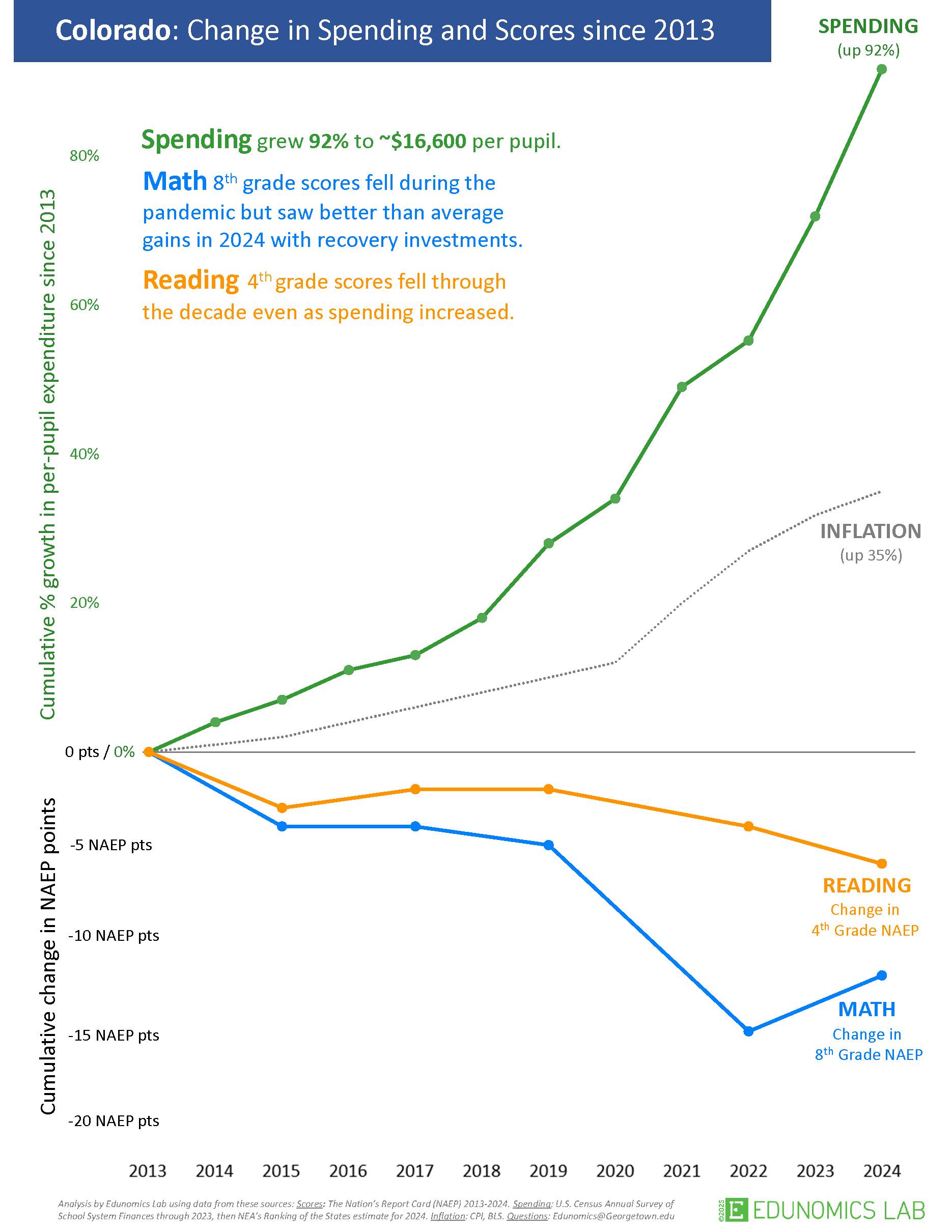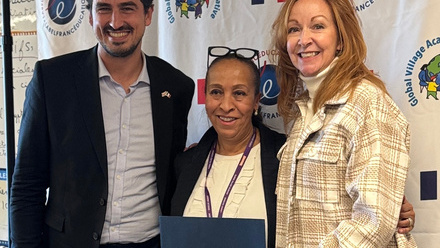Where is the focus on quality?
If ever there was a time when quality needed to be front and center in our dialogue and decision-making about education, it is now. The latest National Assessment for Educational Progress (NAEP) test results – known less formally as “the Nation’s Report Card” – can only serve as a wake-up call for families and legislators. The average U.S. student remains nearly half a grade level behind in math and reading compared to pre-pandemic levels – and those pre-pandemic levels weren’t anything to write home about to begin with.
As has been the consistent drumbeat for years, many want to continue to point exclusively to a lack of funding as the issue. If only there were more and adequate resources devoted to education, the argument goes, then you would see the results our kids need. As someone who has worked closely at the Colorado State Capitol for the past decade, I can attest firsthand to just how much this line of thinking dominates the debate on education and virtually every issue related to it.
But the problem is that this singular focus on funding belies the facts. One of the more compelling graphs I’ve seen recently is the following from the Edunomics Lab at Georgetown University’s McCourt School of Public Policy:

What this graph clearly demonstrates is that even while per-pupil funding in Colorado has increased 92% over the past decade, test scores have actually gone in the opposite direction. Funding may play a significant role in our public education system, but it is clearly not the panacea many want to make it out to be.
If we were serious about focusing on something other than just money, charter schools could provide a roadmap. A recent report from the Keystone Policy Center showed that Colorado charter schools not only consistently achieve higher academic outcomes across the board, but these stronger results become even more pronounced in the areas of highest need. Indeed, across many of our state’s most historically underserved communities, the Keystone Report shows that students are 32 percentage points more likely to attend a Green/Performance school when attending a charter versus not. And charter schools are doing this with less money, not more.
Results such as these are compelling and ones we should be seeking to replicate whenever and wherever we can. And yet that’s nowhere close to the debate we’re having at the Capitol right now. Instead, all of the oxygen is being consumed discussing things like multi-year averaging and the impacts its proposed elimination would have on district budgets.
Our kids deserve better. They deserve a debate grounded in data and focused on results. We must make quality the central tenet and refuse to be distracted by anything tangential. When we engage with well-meaning representatives in the legislative arena each year, we must ask ourselves one question: Are the issues on which we’re spending precious time, energy, and resources truly changing the outcome for kids?
As legislators debate education throughout the remainder of the 2025 session, quality must be the litmus test by which we evaluate all potential policies, spending, and proposed bills. Let’s find things that work and extend them to ALL our public schools. It’s the least we can do for our students and families, especially in areas where no quality options currently exist.
###






